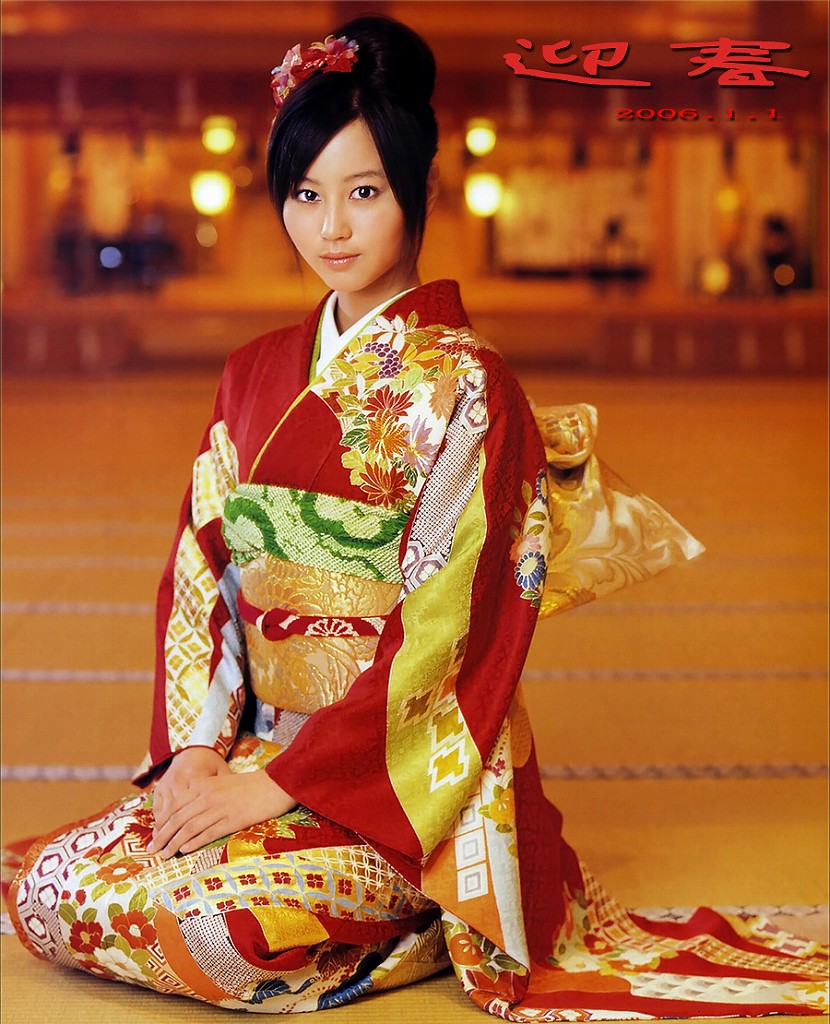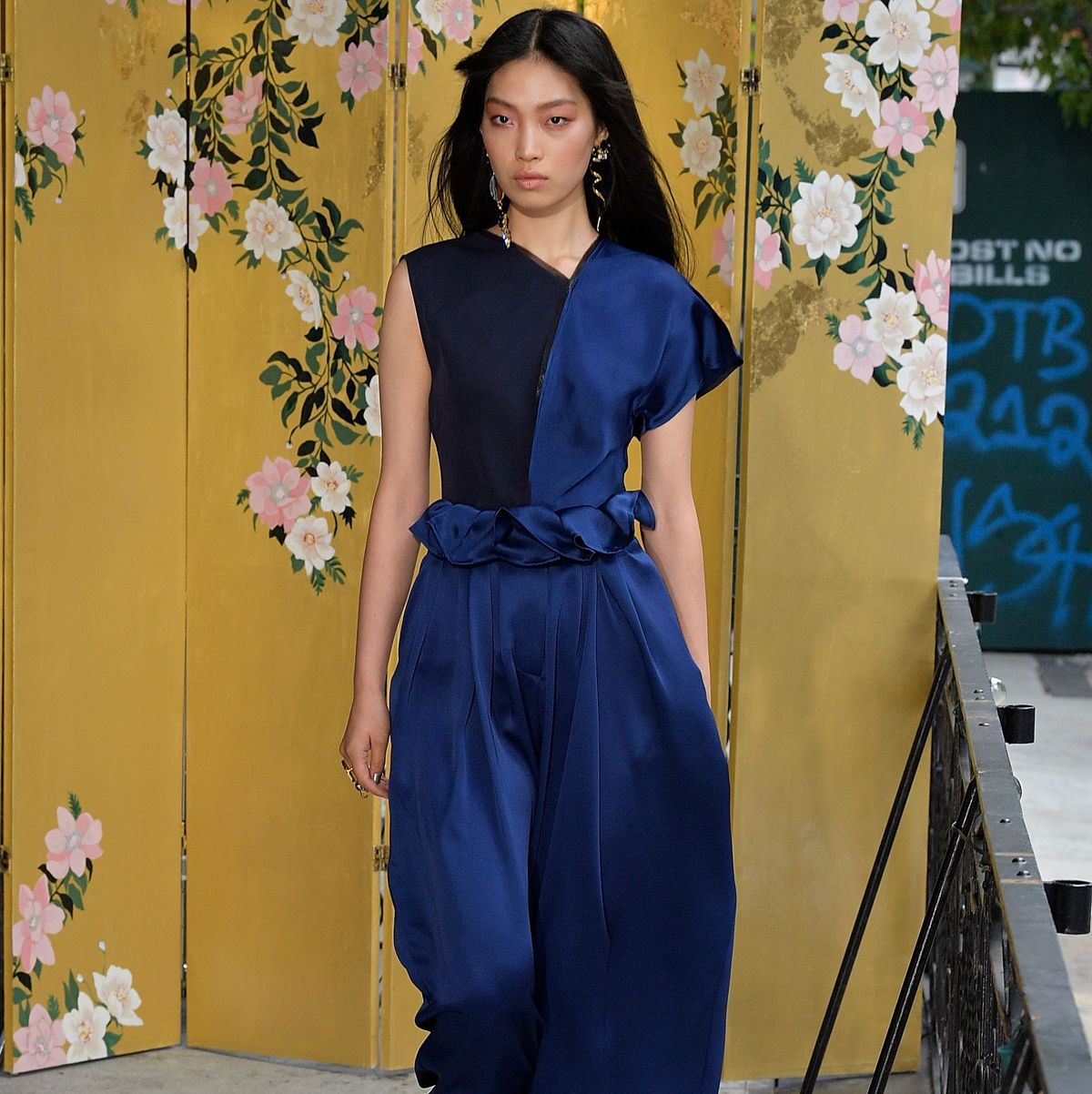Japanese fashion has always been a source of fascination for women around the world, offering a blend of timeless elegance and contemporary innovation. Women's Japanese style clothing is more than just clothing; it's an expression of culture, artistry, and individuality. With its unique designs, exquisite craftsmanship, and attention to detail, this fashion trend continues to captivate global audiences.
From traditional kimono to modern streetwear, the world of Japanese women's fashion offers endless possibilities. It represents a perfect balance between heritage and modernity, appealing to those who appreciate both classic aesthetics and cutting-edge styles. This article will delve into the fascinating world of women's Japanese style clothing, exploring its origins, evolution, and influence on global fashion trends.
Whether you're a fashion enthusiast, a cultural explorer, or simply someone looking to expand your wardrobe, this guide will provide you with valuable insights into the world of Japanese women's fashion. Let's embark on this journey together and discover the beauty and diversity of women's Japanese style clothing.
Read also:Best Product To Curl Hair With Curling Iron The Ultimate Guide For Perfect Curls
Table of Contents
- The History of Women's Japanese Style Clothing
- Understanding the Traditional Kimono
- Modern Adaptations of Japanese Fashion
- Japanese Women's Streetwear
- Materials and Textures in Japanese Fashion
- Popular Japanese Women's Fashion Brands
- Global Influence of Women's Japanese Style Clothing
- Essential Accessories for Japanese Women's Fashion
- Sustainability in Japanese Fashion
- The Future of Women's Japanese Style Clothing
The History of Women's Japanese Style Clothing
Women's Japanese style clothing has a rich history that dates back centuries. The origins of Japanese fashion can be traced to the Heian period (794-1185), where the kimono emerged as the primary garment for both men and women. Over time, the design and functionality of Japanese clothing evolved, reflecting changes in societal norms and cultural influences.
During the Edo period (1603-1868), Japanese fashion became more elaborate and vibrant, with intricate patterns and luxurious fabrics becoming the norm. This era laid the foundation for the modern Japanese fashion industry, emphasizing craftsmanship and attention to detail.
In the Meiji period (1868-1912), Japan underwent rapid modernization, leading to the adoption of Western fashion elements. However, traditional Japanese clothing remained an integral part of cultural identity, resulting in a unique fusion of styles that continues to this day.
Understanding the Traditional Kimono
Types of Kimono
The kimono is perhaps the most iconic piece of women's Japanese style clothing. There are several types of kimono, each designed for specific occasions and seasons. Some of the most popular include:
- Furisode: Long-sleeved kimonos worn by unmarried women for formal events.
- Tomesode: Black kimonos with patterns below the waist, typically worn by married women at formal gatherings.
- Komon: Informal kimonos with small, repeated patterns, suitable for everyday wear.
Cultural Significance
Kimono is not just a garment; it holds deep cultural significance in Japanese society. Every aspect of the kimono, from its color and pattern to the way it is worn, carries symbolic meaning. For example, cherry blossoms often represent the beauty and fragility of life, while cranes symbolize longevity and good fortune.
Modern Adaptations of Japanese Fashion
Modern women's Japanese style clothing has embraced innovation while staying true to its roots. Designers have reinterpreted traditional elements, creating pieces that appeal to contemporary tastes. This includes:
Read also:Comprehensive Chanel Concealer Review Your Ultimate Guide To Flawless Coverage
- Kimono-inspired dresses and jackets.
- Fusion of traditional patterns with modern cuts and silhouettes.
- Use of bold colors and unconventional materials.
These adaptations have made Japanese fashion more accessible to a global audience, while still preserving its cultural essence.
Japanese Women's Streetwear
Harajuku Style
Harajuku is a hub for Japanese women's streetwear, known for its eclectic and playful styles. This fashion movement incorporates elements of lolita, gothic, and punk, creating a unique and expressive look. Key features include:
- Bright colors and playful patterns.
- Layered outfits with unexpected combinations.
- Statement accessories, such as oversized bows and platform shoes.
Shibuya Fashion
Shibuya, another fashion district in Tokyo, focuses on a more minimalist and chic aesthetic. This style emphasizes clean lines, neutral tones, and high-quality materials, appealing to women who prefer a sophisticated look.
Materials and Textures in Japanese Fashion
The choice of materials and textures plays a crucial role in women's Japanese style clothing. Traditional fabrics such as silk, cotton, and linen are still widely used, valued for their durability and natural beauty. In recent years, designers have also experimented with eco-friendly materials, aligning with global sustainability trends.
Textured fabrics, such as brocade and velvet, add depth and dimension to garments, enhancing their visual appeal. These materials are often used in formal wear, creating a luxurious and elegant look.
Popular Japanese Women's Fashion Brands
Comme des Garçons
Founded by Rei Kawakubo, Comme des Garçons is renowned for its avant-garde designs and unconventional aesthetics. The brand has pushed the boundaries of fashion, influencing designers worldwide.
Issey Miyake
Issey Miyake is celebrated for its innovative use of technology and materials. The brand's signature pleated designs have become iconic, offering both style and functionality.
These brands, among others, have elevated Japanese women's fashion to new heights, earning international acclaim and a dedicated following.
Global Influence of Women's Japanese Style Clothing
Japanese women's fashion has had a profound impact on global trends, inspiring designers and consumers alike. The emphasis on craftsmanship, attention to detail, and cultural significance has resonated with audiences worldwide. As a result, Japanese fashion has become a staple in international fashion weeks and retail markets.
Moreover, the rise of e-commerce platforms has made Japanese women's style clothing more accessible than ever, allowing enthusiasts from all corners of the world to explore and embrace this unique fashion culture.
Essential Accessories for Japanese Women's Fashion
Accessories play a vital role in completing the look of women's Japanese style clothing. Popular choices include:
- O-chouchou (obi scarf): A decorative scarf worn with kimonos, adding elegance and flair.
- Kanzashi: Traditional hairpins adorned with flowers and other motifs, enhancing the overall aesthetic.
- Geta and Zori: Traditional wooden sandals and flat-soled footwear, providing both comfort and style.
These accessories not only complement the clothing but also serve as a testament to Japanese craftsmanship and attention to detail.
Sustainability in Japanese Fashion
In recent years, sustainability has become a key focus in the Japanese fashion industry. Designers are increasingly adopting eco-friendly practices, using recycled materials and reducing waste in production. This commitment to sustainability aligns with global efforts to promote ethical and responsible fashion.
Japanese women's fashion brands are also exploring innovative solutions, such as upcycling traditional garments and incorporating natural dyes into their designs. These initiatives not only benefit the environment but also preserve the cultural heritage of Japanese fashion.
The Future of Women's Japanese Style Clothing
The future of women's Japanese style clothing looks promising, with continued innovation and global expansion. As technology advances, designers are exploring new ways to incorporate digital elements into their creations, offering interactive and immersive fashion experiences.
Moreover, the growing demand for sustainable and ethical fashion will drive further developments in the industry, ensuring that Japanese women's style clothing remains relevant and appealing to future generations.
Conclusion
In conclusion, women's Japanese style clothing represents a harmonious blend of tradition and modernity, offering something for everyone. From the timeless elegance of the kimono to the vibrant creativity of streetwear, this fashion trend continues to captivate and inspire. By understanding its history, exploring its diverse styles, and embracing its cultural significance, we can fully appreciate the beauty and artistry of Japanese women's fashion.
We invite you to share your thoughts and experiences in the comments below. Are there any specific aspects of women's Japanese style clothing that interest you? Feel free to explore our other articles for more insights into the world of fashion and culture. Thank you for joining us on this journey, and we hope to see you again soon!


